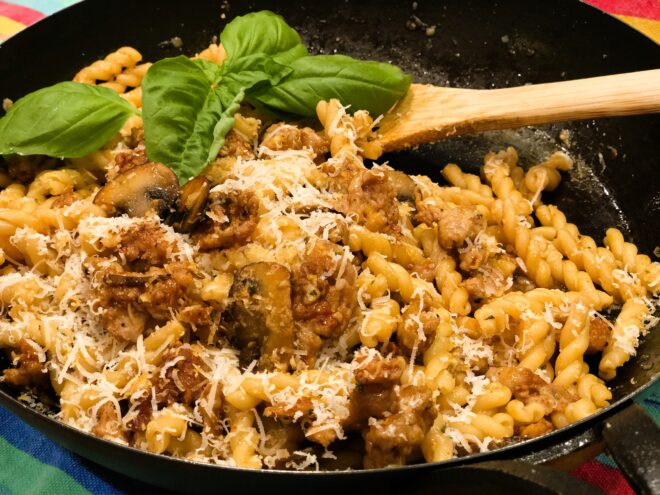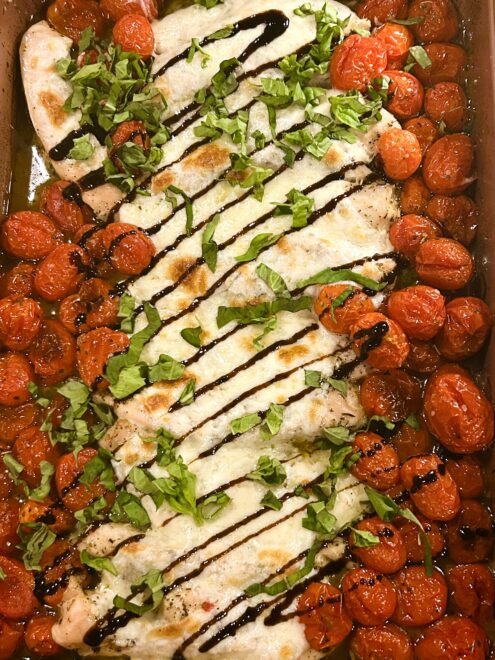
If you haven’t tried Carfagna’s ricotta made in our cheese shop, you have been missing a real treat. It is perfect when added to a cheese tray served with crisp crackers or warm focaccia. Or take the time to make this Blueberry Ricotta Cake. The ricotta gives this delightful cake a moist, tender crumb. The cake is not too sweet, but dusted with a bit of powdered sugar makes it just right for an afternoon espresso.
- 10 tablespoons unsalted butter, room temperature
- 1 cup granulated sugar
- 3 large eggs, room temperature
- 1 cup whole-milk ricotta
- 2 tablespoons sour cream or yogurt
- 1 teaspoon vanilla extract
- 1 teaspoon lemon zest
- 1 1/4 cup all-purpose flour
- 1 tablespoon baking powder
- 1 teaspoon fine sea salt
- 2 1/2 cups fresh blueberries, divided
- Sifted powdered sugar for dusting
Preheat the oven to 350 degrees. Grease and flour a 9-inch round springform pan, set aside.
Place the butter and sugar into the bowl of the stand mixer fitted with the paddle attachment, beat on medium speed for 3-5 minutes. Scrape down the sides, then with the mixer on low, add in the eggs one at a time mixing well before adding the next egg. Add in the ricotta, sour cream, vanilla, and lemon zest, mixing well until just combined.
In a separate small bowl, stir together the flour, baking powder, and salt. With the mixer on low speed, slowly add the flour mixture to the batter, mixing until just combined. Using a rubber spatula, fold in 2 cups of the blueberries. Transfer the batter to the prepared pan, smoothing out the top. Scatter the remaining half cup of blueberries over the surface of the cake, slightly pressing them into the surface.
Bake the cake for 50-55 minutes until a toothpick inserted into the center of the cake comes out with just a few crumbs attached. Transfer the pan to a wire rack allowing the cake to cool in the pan for 15 minutes. Remove the ring of the pan. Lightly dust with powdered sugar. Serve warm or at room temperature.
Featured Market Ingredients
- Carfagna’s Whole Milk Ricotta
- Farm Fresh eggs
- Farm Market Blueberries









